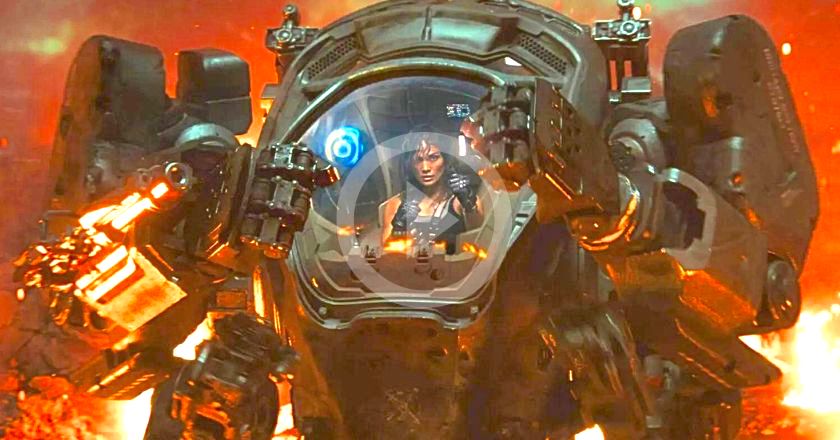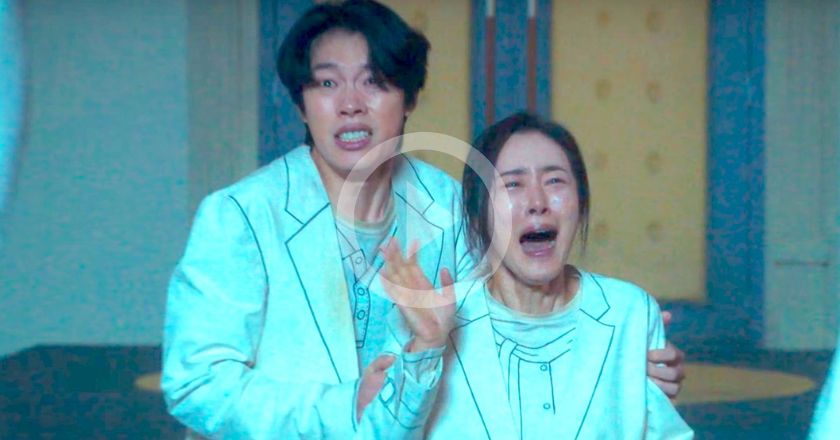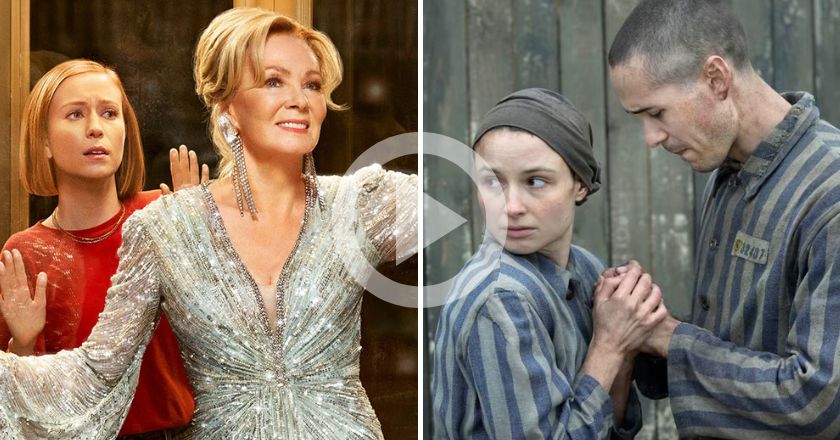
Carnival of Souls, the 1962 independent horror film from director Herk Harvey, opens abruptly. A group of girls drag racing are involved in an accident. Their car falls from a bridge into a river and it appears that the girls have drowned. It is later revealed one of the passengers, Mary (Candace Hilligoss), is still alive, suffering from amnesia and shock. Carnival of Souls is a gothic tale about Mary and her inability to come to terms with the accident, her present situation and the living dead that cloud her mind.
Carnival of Souls is not the sort of film commended with an Oscar or even a nomination; it is a film that merits itself on being quite the opposite. Anyone can see the film’s bad lip-syncing and continuity issues, not to mention that the actor playing overtly sleazy guy John (Sidney Berger) is clearly an amateur. Nevertheless, Carnival of Souls manages to be quite the effective chiller.

At the time of release Carnival of Souls went straight to the drive-in as a B feature, alongside The Devil’s Messenger (Herbert L. Strock, Curt Siodmak, 1961). A ‘B film’ had low budgets, pulpy narratives and usually involved elements of the sci-fi or horror genre. This is all true here. Carnival of Souls used non-professional actors and had a shoestring budget of $30,000.
Interestingly, George A. Romero noted the ghouls were an inspiration for the Night of the Living Dead (1968), twenty-five years later, after repeated screenings on late-night television Carnival of Souls gained a following.
Parallels have now been drawn to the psychotic breakdown of Catherine Deneuve’s Carol in Roman Polanski’s Repulsion (1965) and the nightmarish world of David Lynch’s Eraserhead (1977).
Hilligoss’ Mary has a split personality displaying her “Icy-Blonde” Hitchcock looks, merely shrugging off sexual affection to the point of her own despair. Hilligoss is charming and tragic, portraying Mary as a layered character, who, just like Deneuve’s Carol, is unable to connect.

Like the aforementioned Repulsion, Night of the Living Dead, and Eraserhead, the black and white cinematography is used with purpose. Not only does it seem like a clever and strategic cost saver, it preserves a gritty and ethereal feel. The lighting is chaotic and almost haphazard. It is not your striking black and white, more shadowy, gothic and noir. Sometimes shadows project over Mary like symbolic prison bars, other times the dark composition hides secrets, blinding the viewer and Mary from the truth. Sometimes it’s hard to know if the lighting techniques on display are mistakes or intentional.
A good film is accompanied with atmosphere, which is especially true in the horror genre. Carnival of Souls, in a good way, shrills with a persistent organ score that becomes its theme music. It infuses a sinister, violent, and yet childlike carnival sound, in the perfect tempo, making you sense the pain and anguish of Mary’s isolation.
Although Wes Craven remade Carnival of Souls in 1998, sharing the same name but not much else, the original continues to be a point of return for atmospheric and emotional horror.
– L.A.







